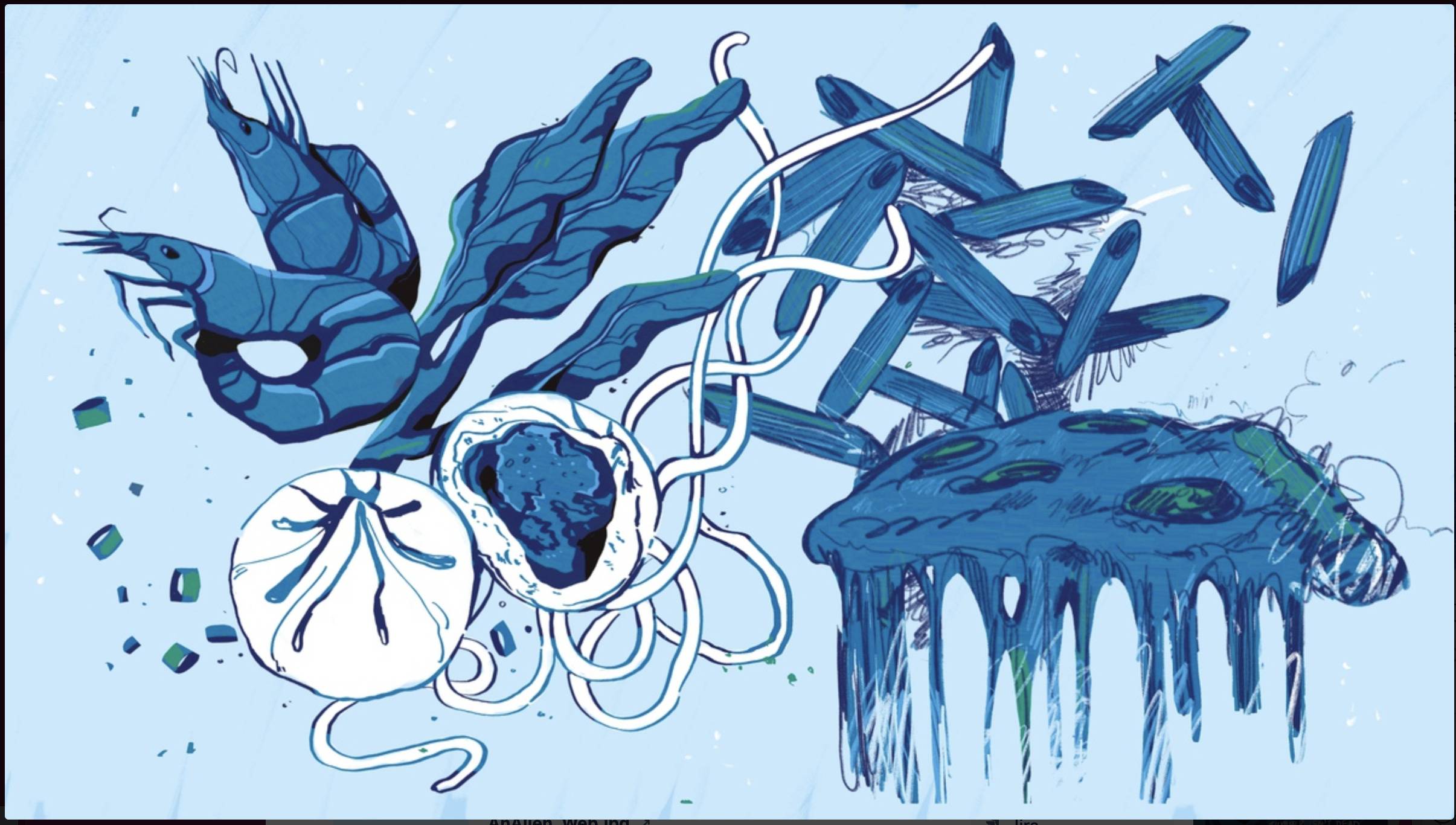The walk in a city allows for brief encounters with fellow humans — not usually enough time to know something, but rather to guess. It’s half imagination, half direct observation, surmising what lies beyond the present moment. In his “Arcades Project,” Benjamin equates the 19th century flâneur’s penetrating caricatures of modern city dwellers to “botanizing on the asphalt.”
Jesse Ball’s writing workshop focused on the dérive, the Situationist method to articulate the relationship of the constructed topography of the city and the minds that occupy and move through it. He feels that “prior to being an artist, a writer, a maker of any sort, one must remember what it is to be human. Thus, reclaiming basic human skills like seeing and walking — that should be the first step of a person who aspires to make things.” Inspired by individual geographies from Chicago and beyond, the individual’s perception of space is key. For him, “walking is perhaps even more important today than it was previously, as it can be one of the few times when we can be alone and have private thoughts.”
Guy Debord outlines a number of methods to ride the psychic currents of mood and human activity of the city through walking. In his “Internationale Situationniste #2” he writes: “The spatial field of a dérive (drift) may be precisely delimited or vague, depending on whether the goal is to study a terrain or to emotionally disorient oneself.” This nexus creates a psycho-geography, a map that permeates from the observer through the observed. Rather than setting a route, the walker sets an amount of time to observe and follow impulses.
The bipedal heritage of homo sapiens lends itself to a gait that simultaneously falls and catches itself, in a rhythm of off and on. Our ancient ancestors balanced risk and discipline to expand their awareness of landscape while navigating terrain on two feet. Similarly, artists expand and contract their awareness, enlivening the imagination and focusing energy. Today, many see walkers as treading a fine line between wasting time or exercising. The excitement and appeal of walking is on more uncertain ground, of gaining knowledge of both interior and worldly space by traversing it.



















